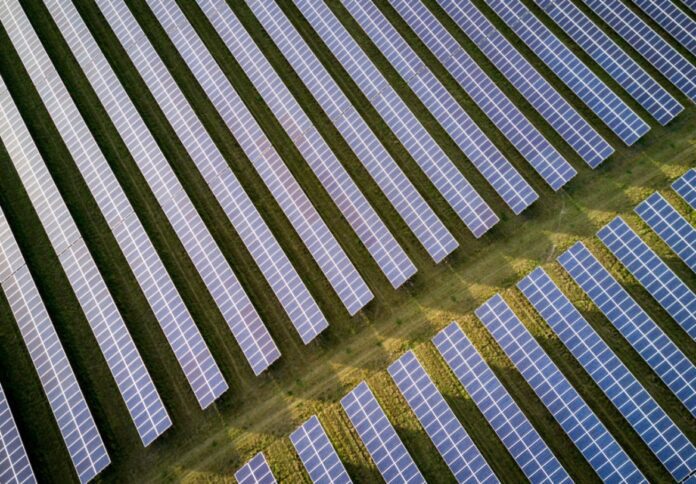
Resources and energy export earnings in Australia are projected to follow long-term trends in the next two years, buoyed by improved supply and a more favourable global economic outlook.
However, the overarching forecast indicates a positive trajectory as prices stabilise and demand, particularly from India, shows signs of growth, the government said in a media release.
According to the March 2024 Resources and Energy Quarterly (REQ) from the Department of Industry, Science and Resources, while export volumes remain stable, earnings are anticipated to decline by 11 per cent in the fiscal year 2023 – 24 to $417 billion, compared to the record $466 billion recorded in 2022–23.
This downward trend is expected to continue, with export earnings forecasted to decrease further to $369 billion in 2024 – 25, before stabilising over the subsequent period as the pace of commodity price decline slows.
These projections mark an improvement over the December REQ forecasts, which predicted earnings of $408 billion for 2023 – 24 and $348 billion for 2024–25.
Despite the lingering softness in global economic growth, key markets continue to drive demand for commodities, with China retaining a significant influence while India’s share of world commodity demand is poised to grow substantially by 2029.
Minister for Resources and Northern Australia Madeleine King highlighted the positive outlook presented in the March 2024 REQ, emphasising the crucial role of resources and energy exports in supporting employment, providing energy security to regional countries, and bolstering Australia’s economic prosperity.
“While global prices are easing, the March 2024 Resources and Energy Quarterly shows demand is likely to be sustained for commodities used in low emissions technologies, including iron ore, copper, aluminium and lithium,” Minister King said.
She added, “Our resources and energy industries support more than 300,000 Australian jobs directly and indirectly, supporting regional communities and our national economy.”
The report indicates that despite recent price weaknesses, iron ore exports are expected to increase to $136 billion in 2023 – 24, before moderating in subsequent years.
Nickel and lithium, however, have experienced price declines due to heightened supply and softer demand growth, although the medium-term outlook for Australian exports of these minerals remains promising.
Furthermore, the forecast outlines expectations for various other commodities, including copper, LNG, metallurgical coal, and thermal coal, projecting earnings and outlining factors influencing their trajectories over the outlook period.
The March 2024 Resources and Energy Quarterly is publicly available on the Department of Industry, Science and Resources website, offering comprehensive insights into Australia’s resources and energy sector.




















